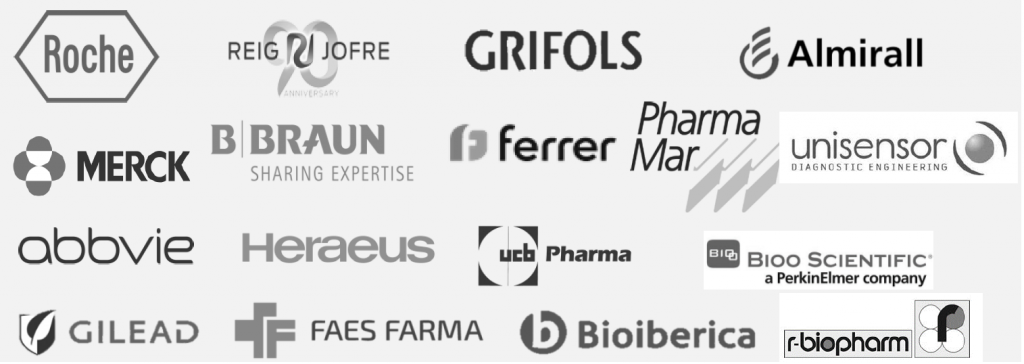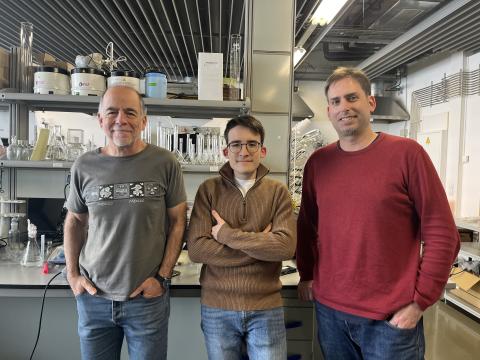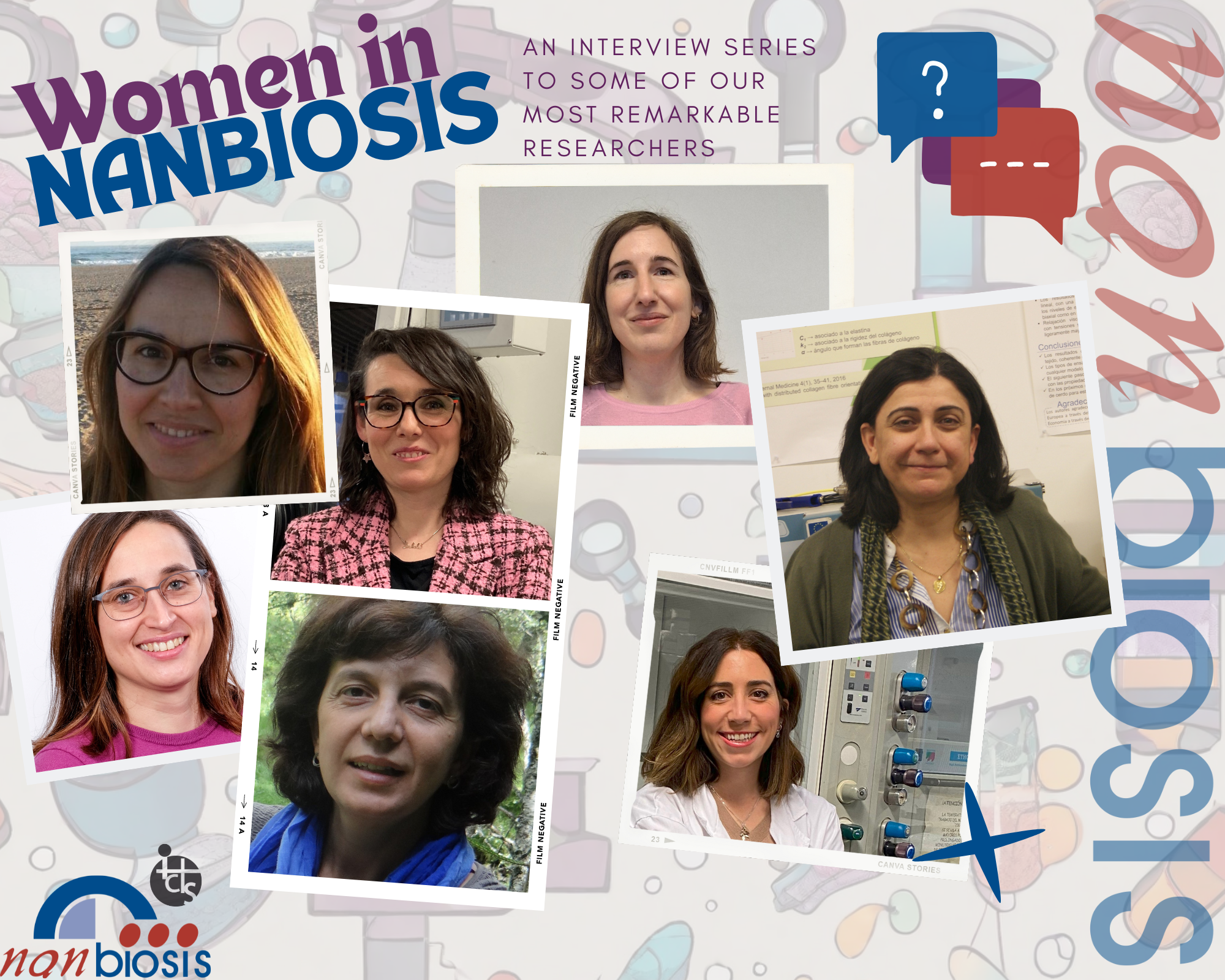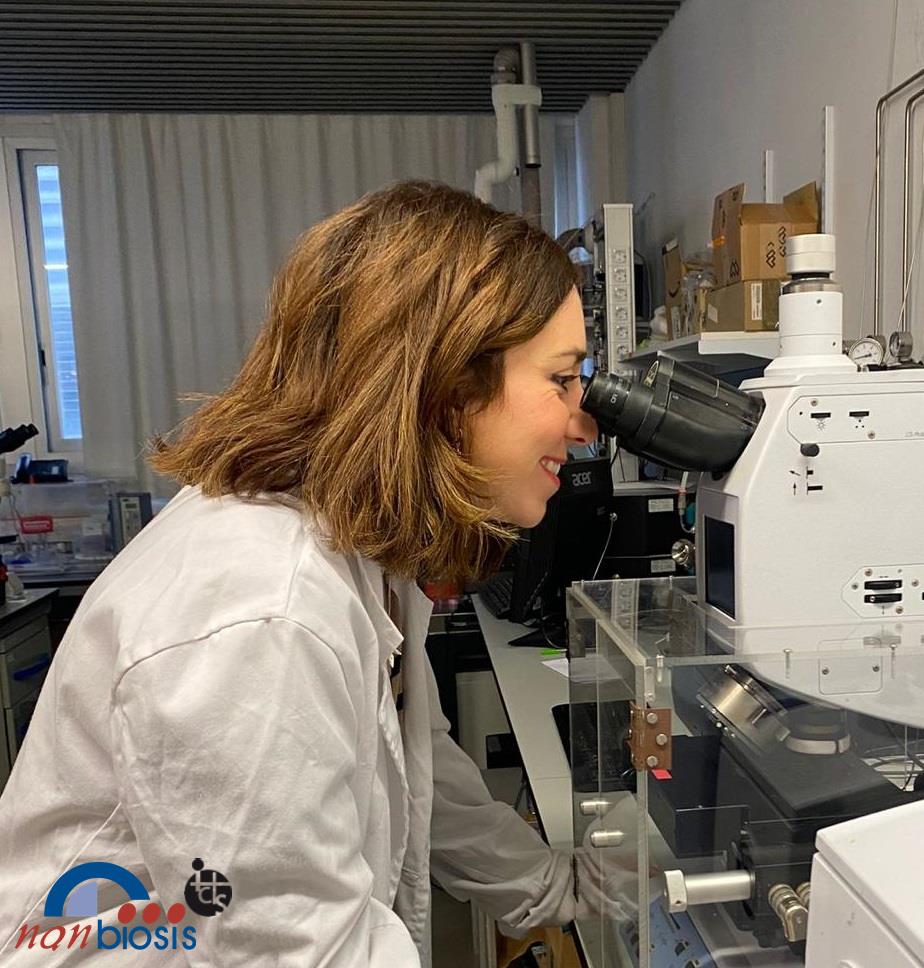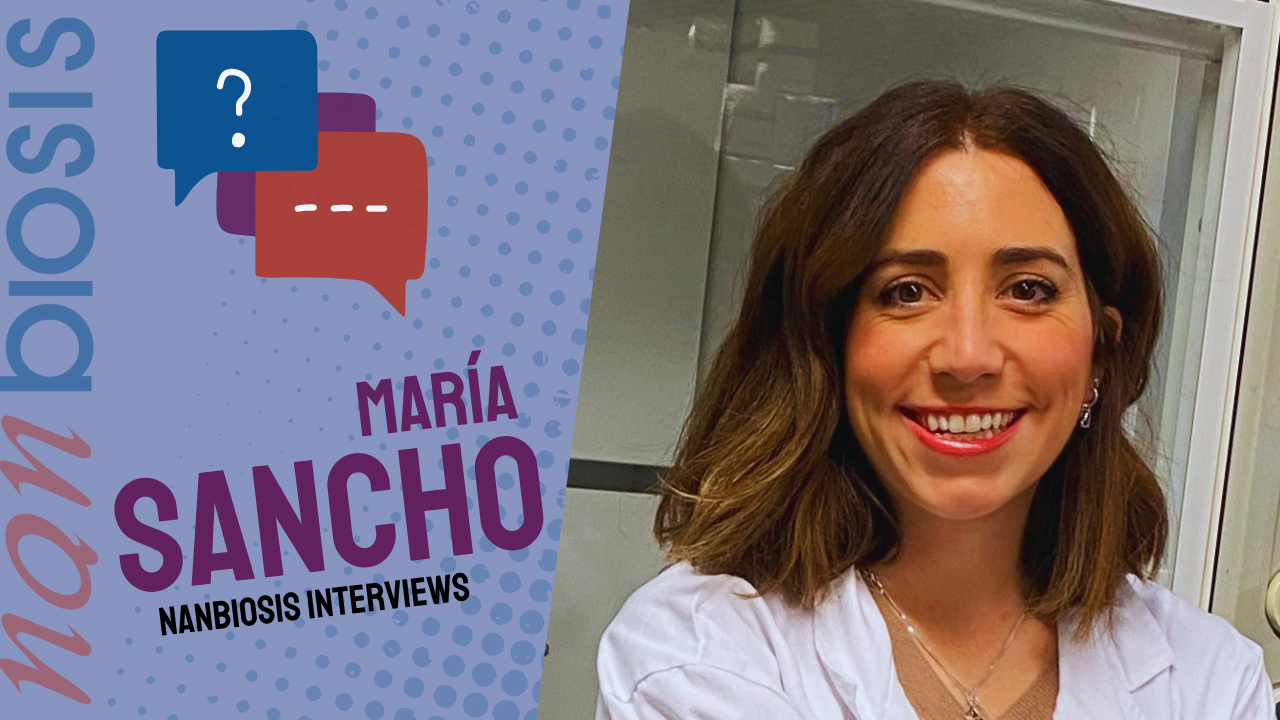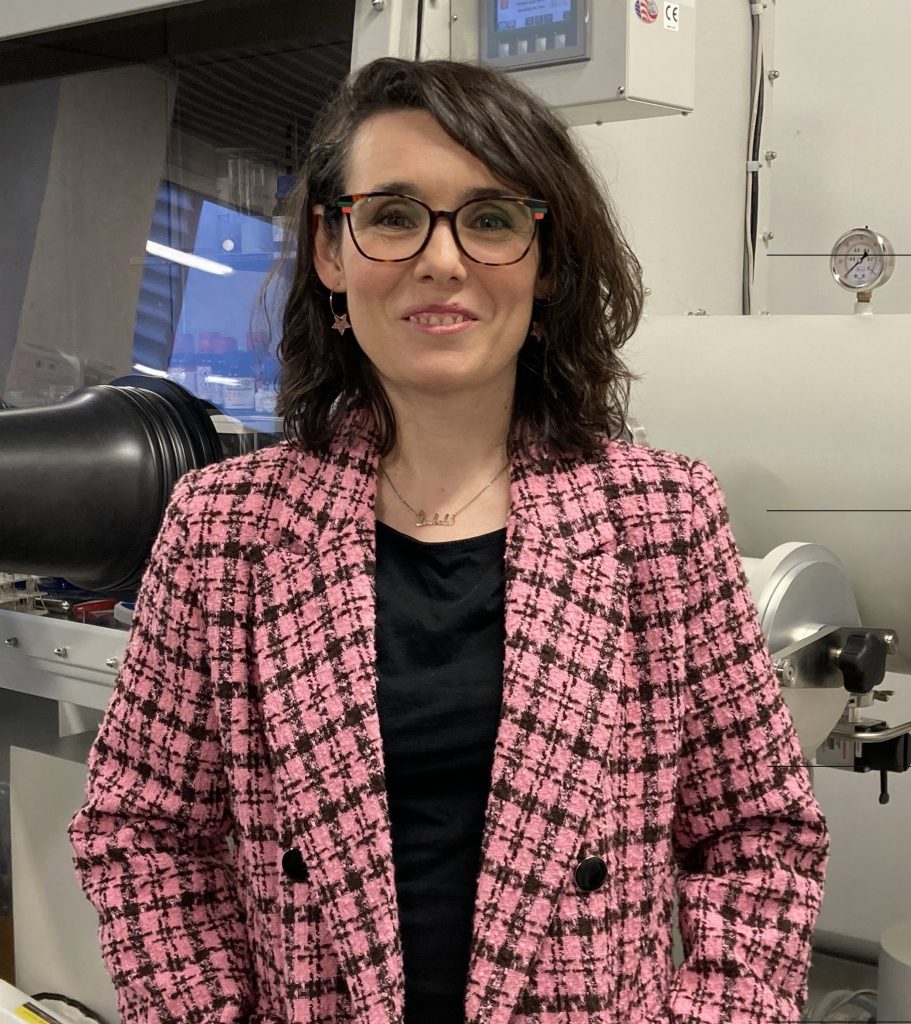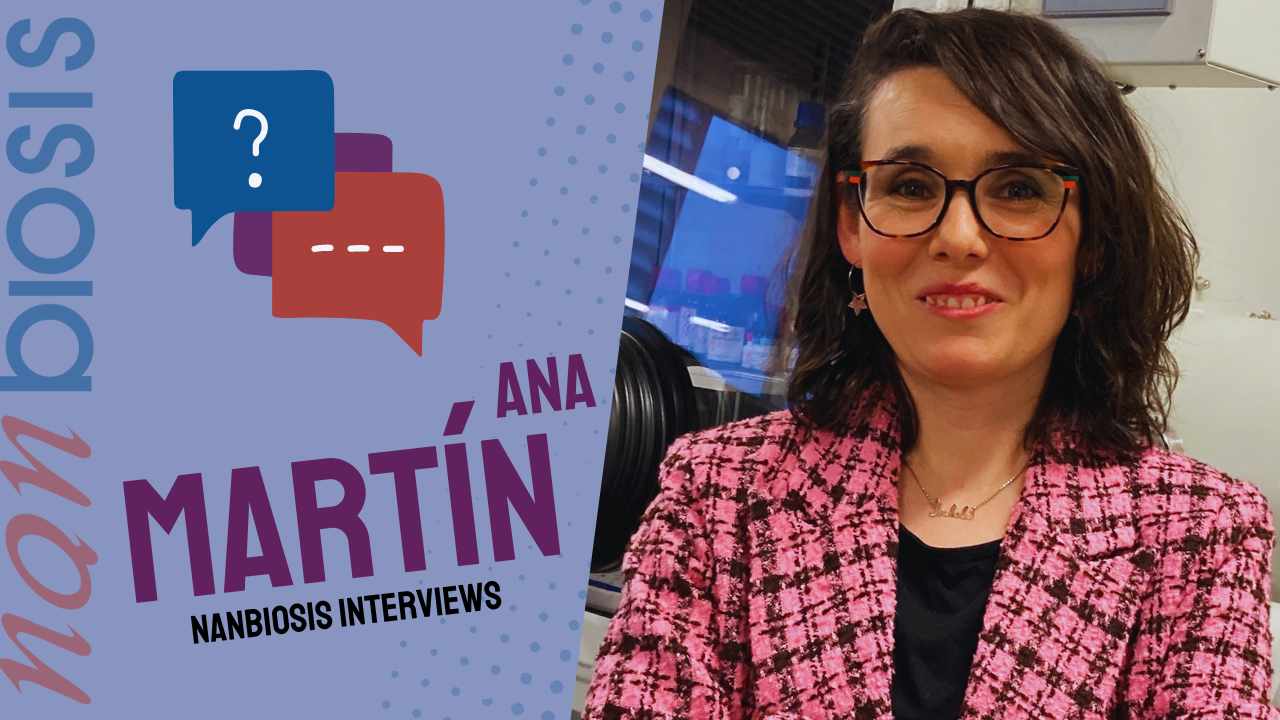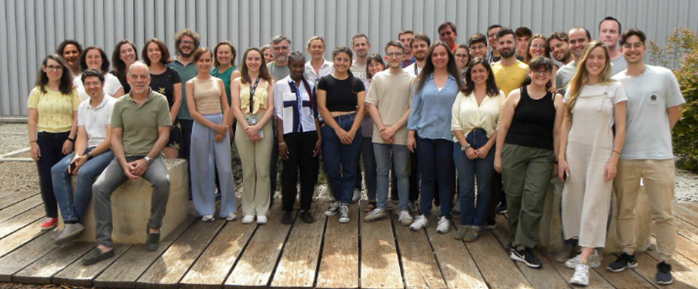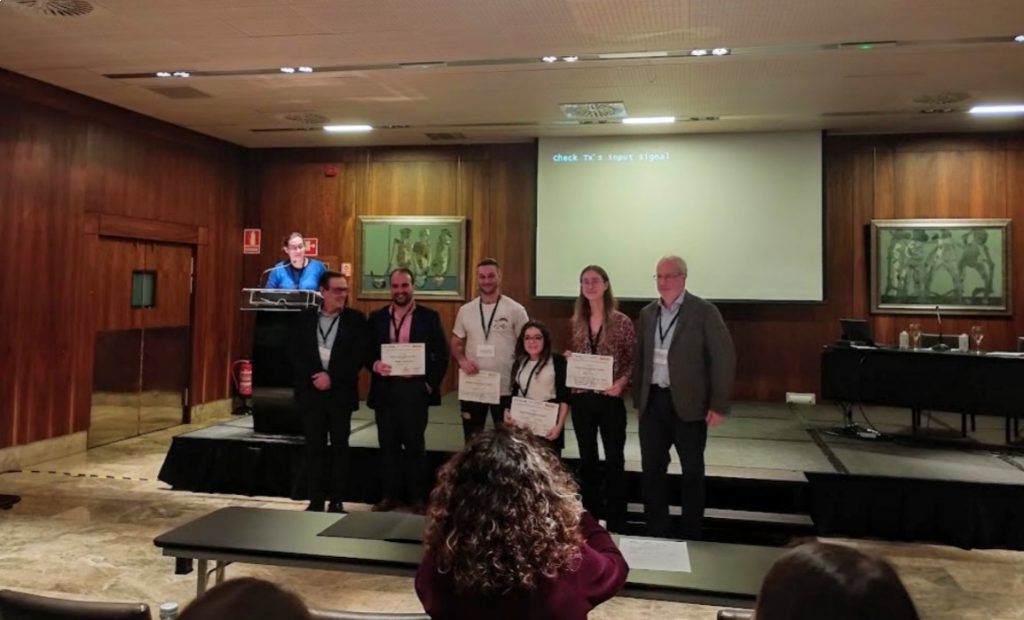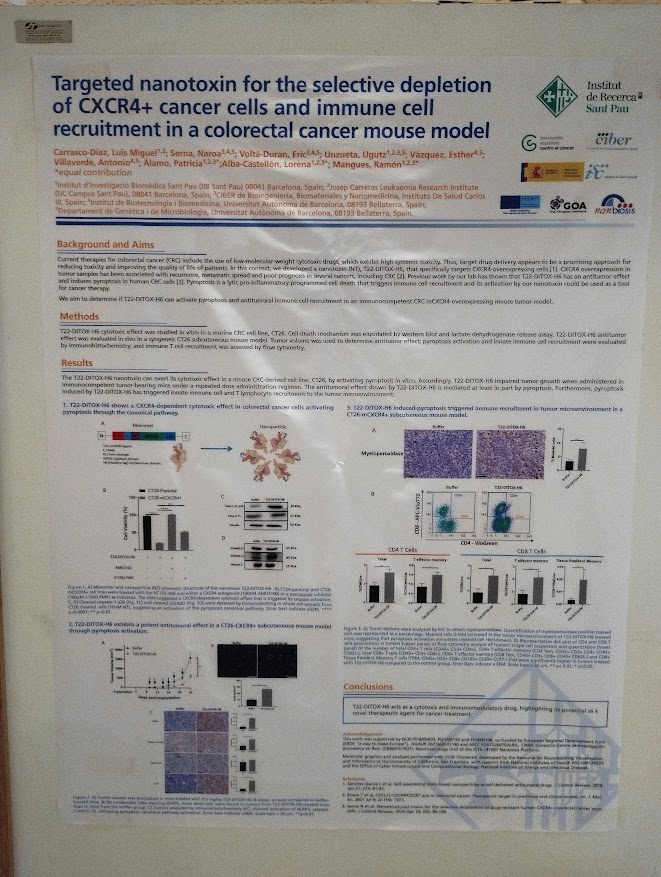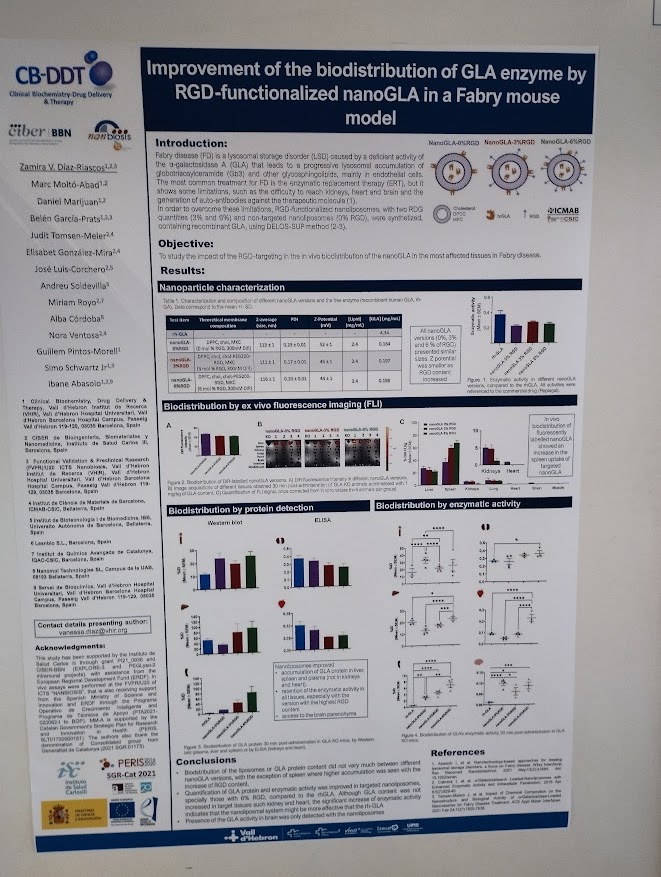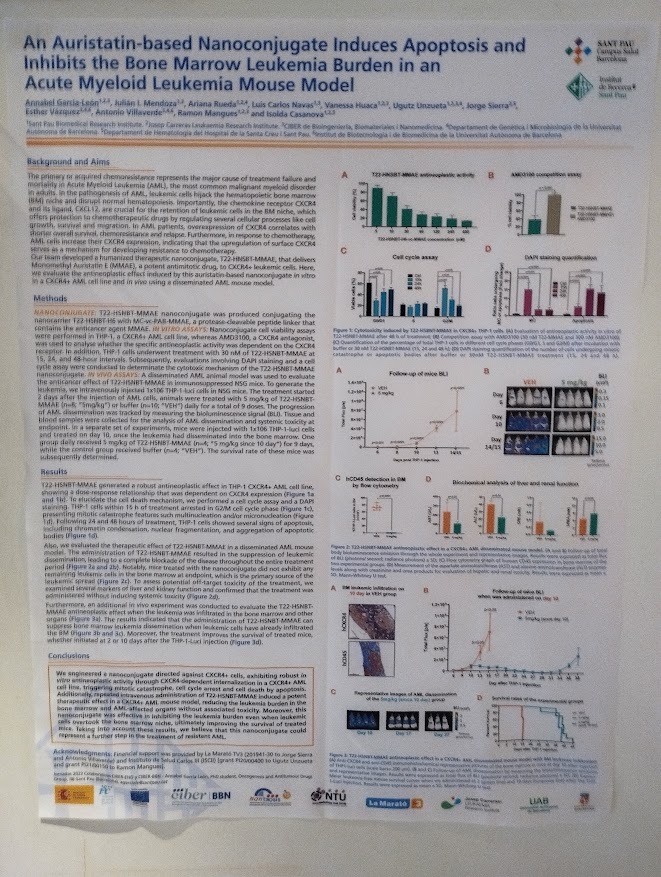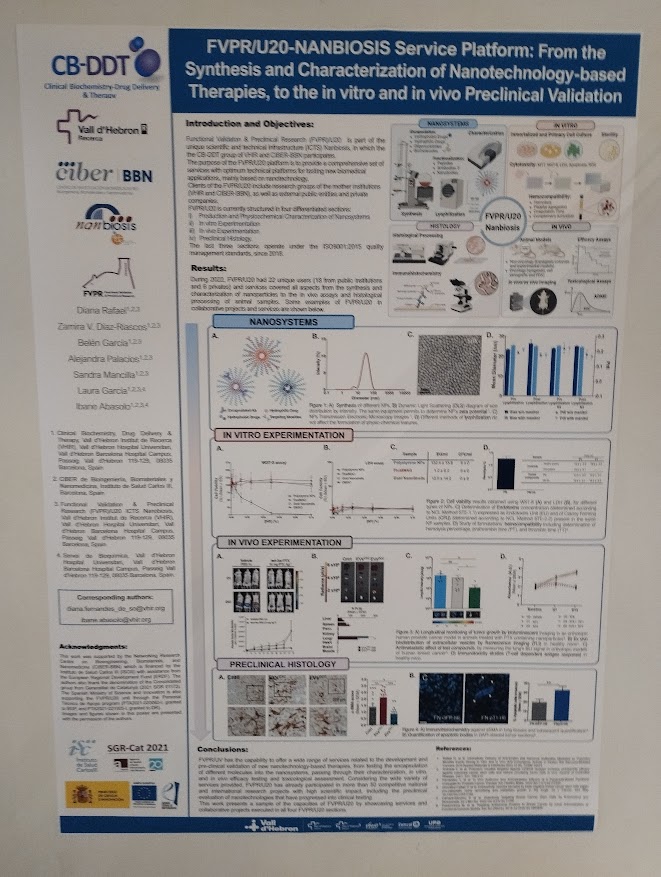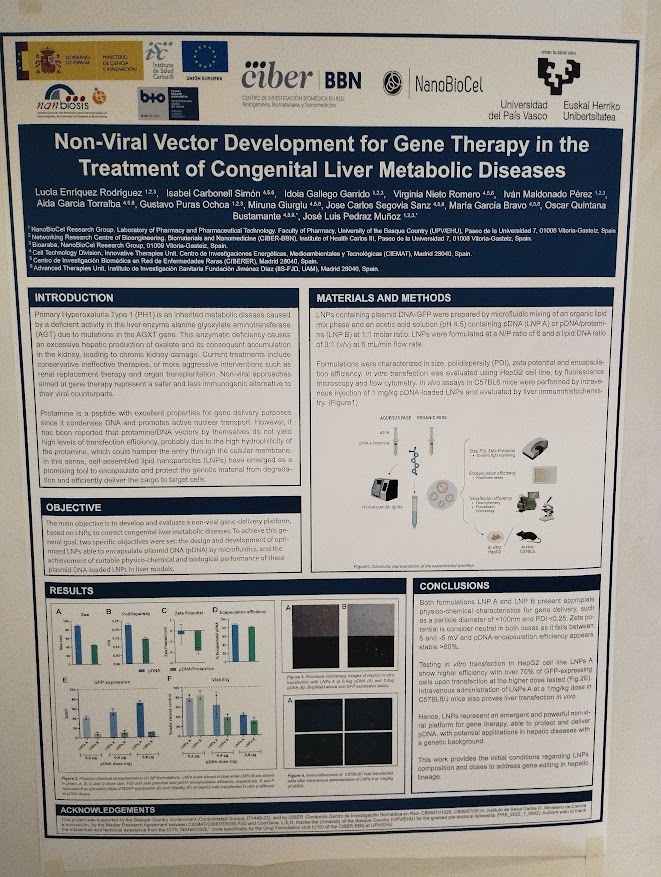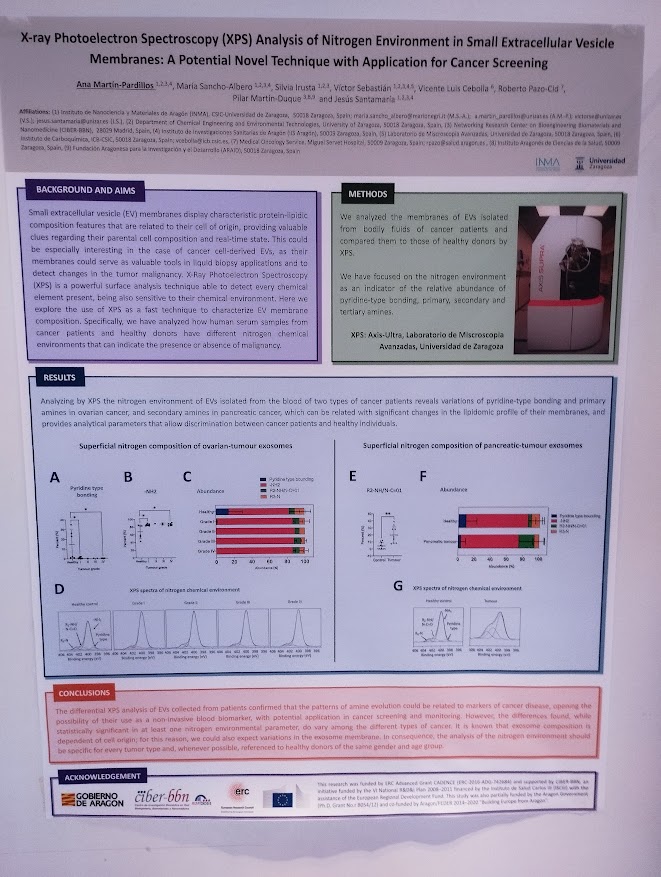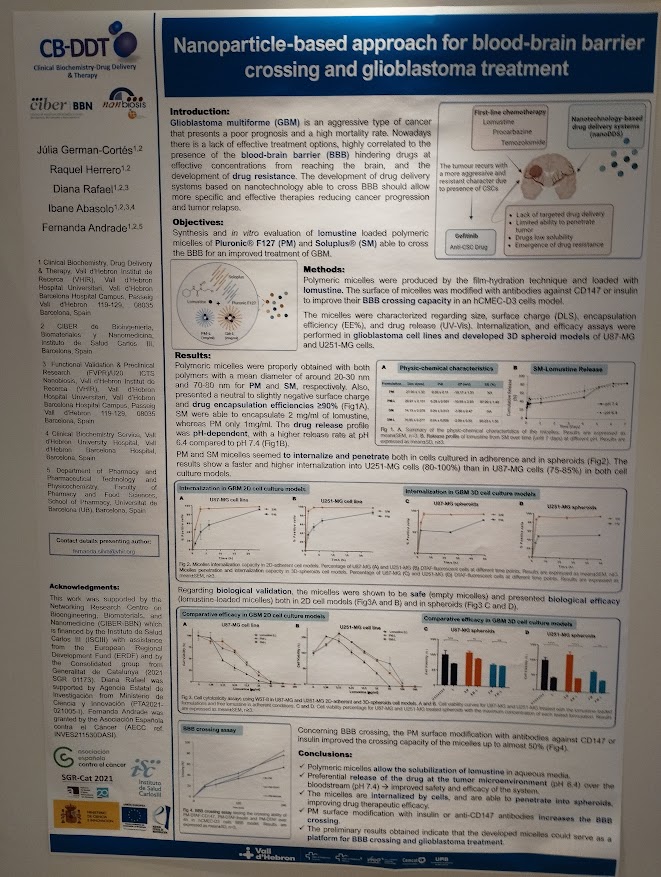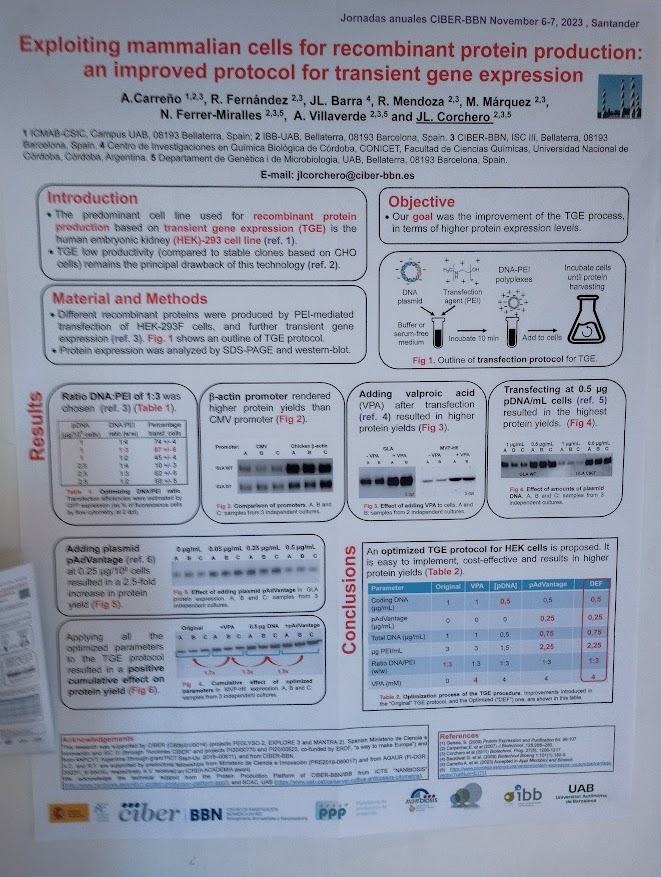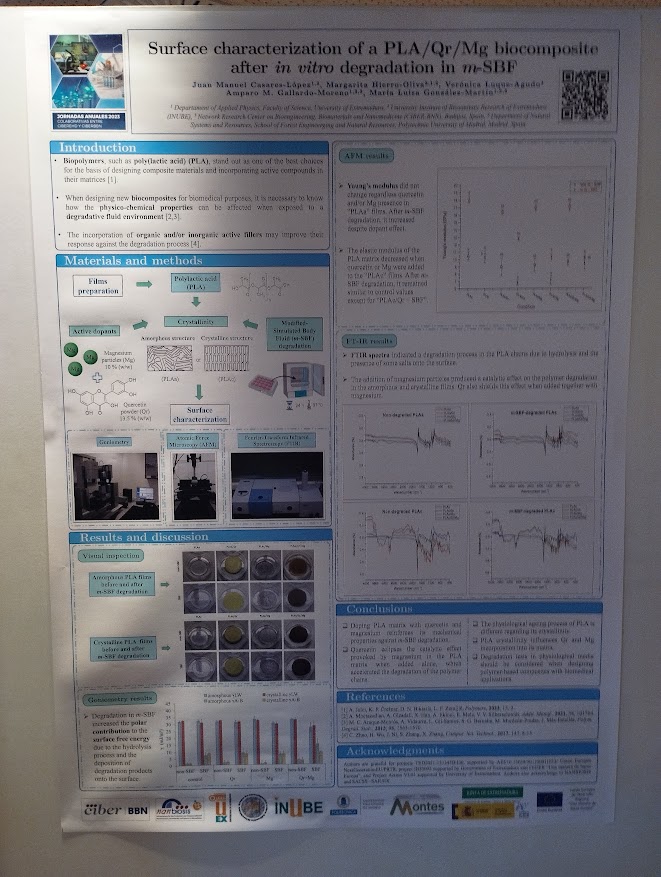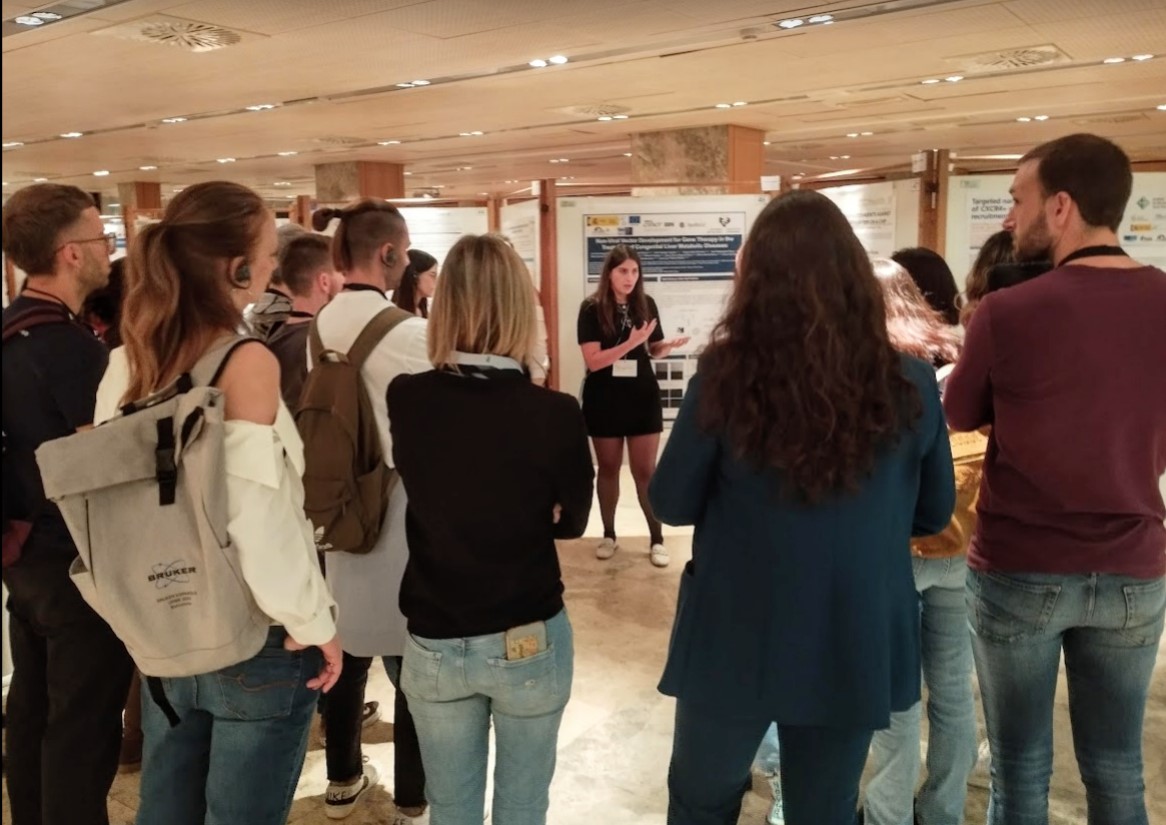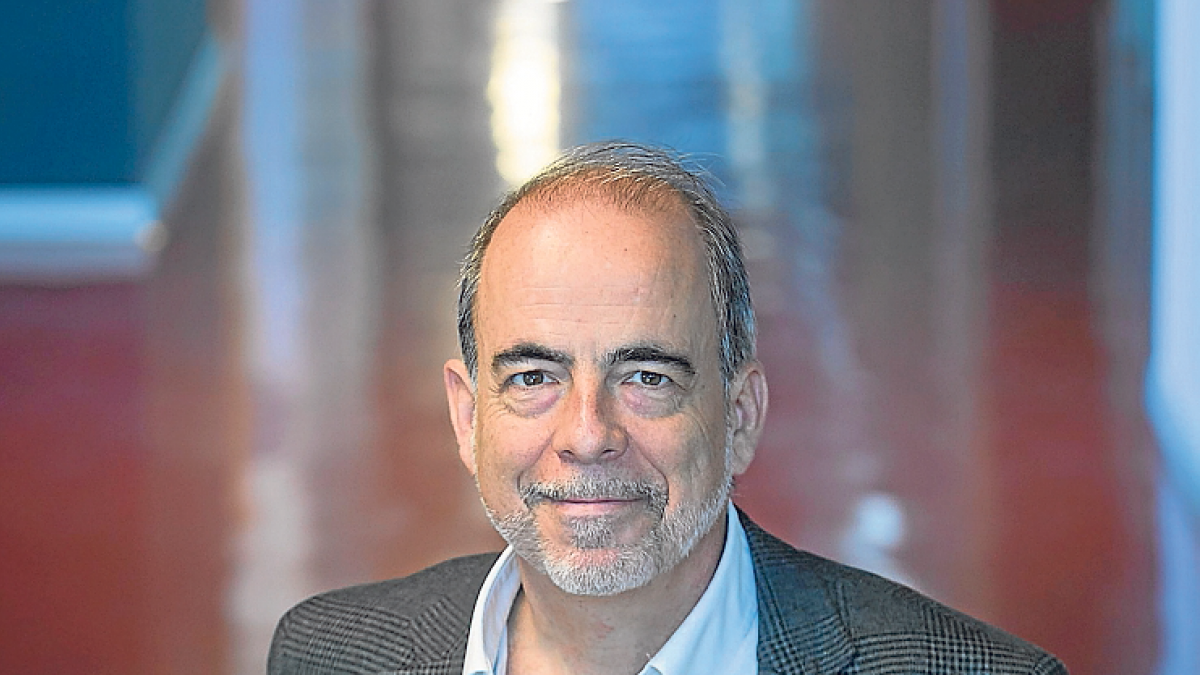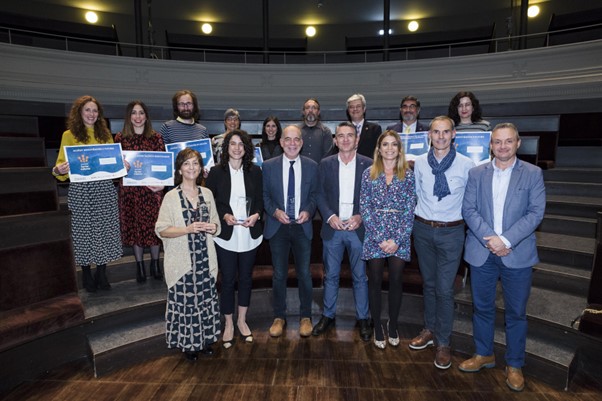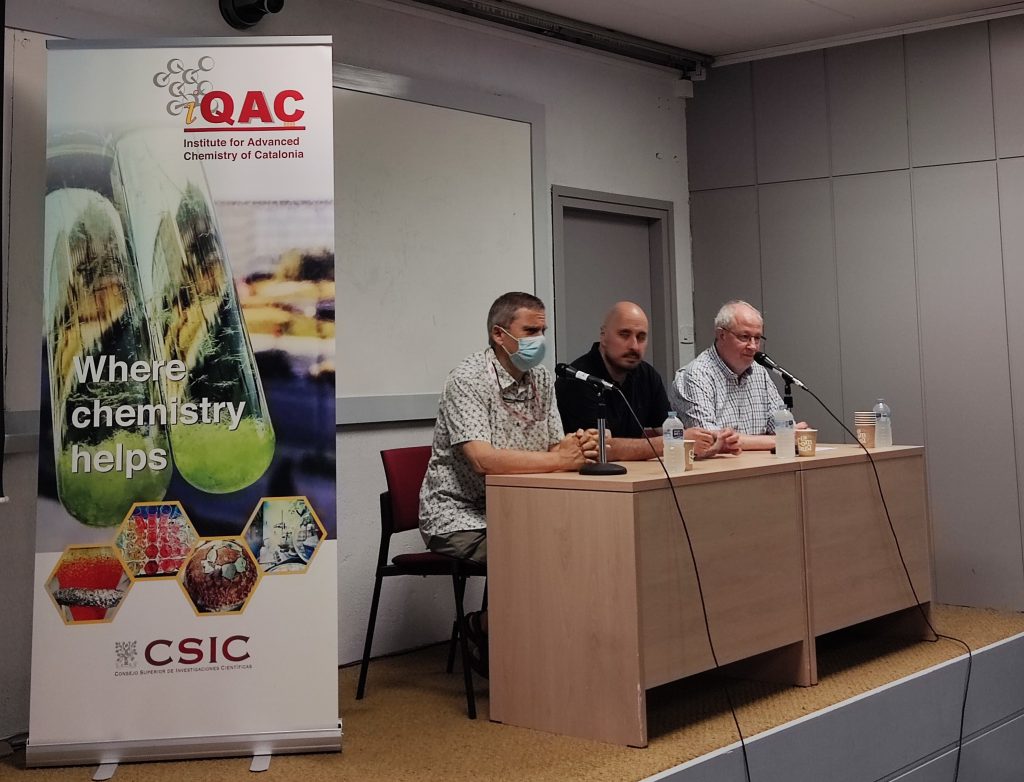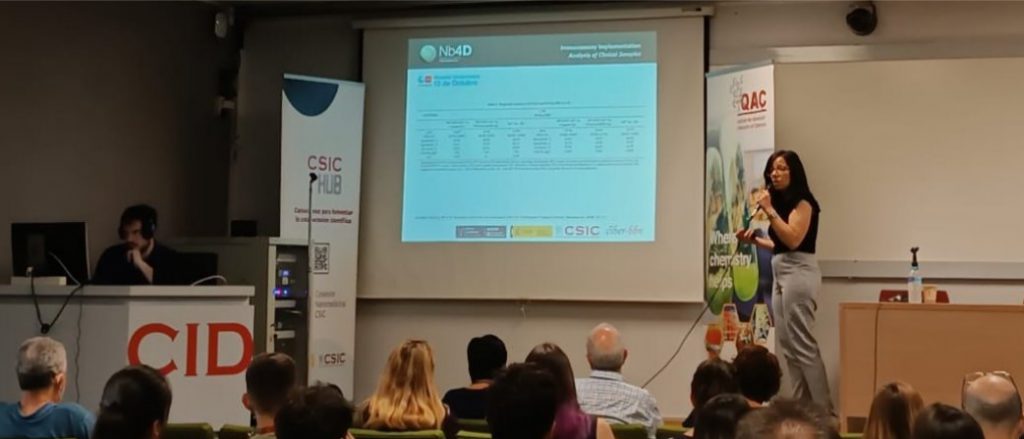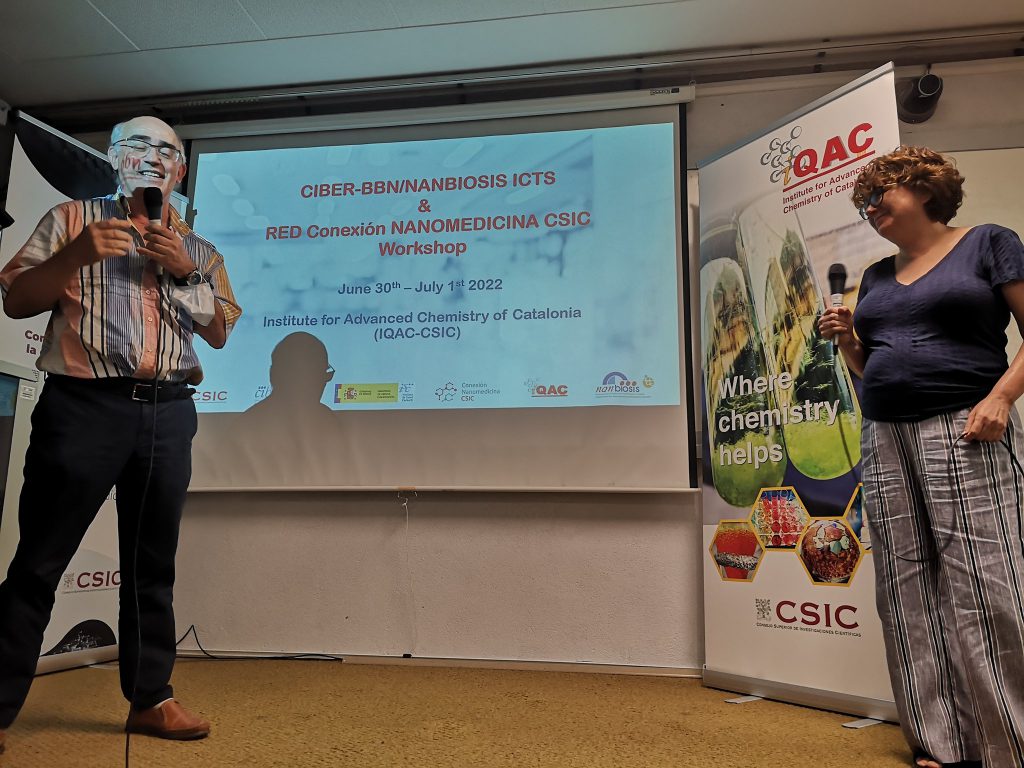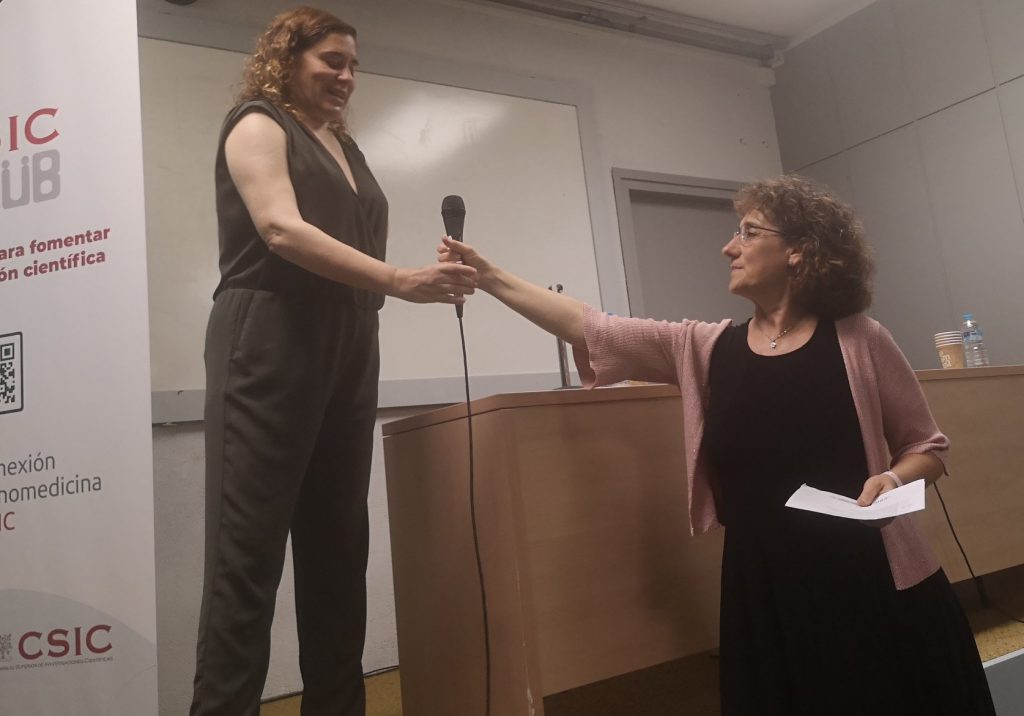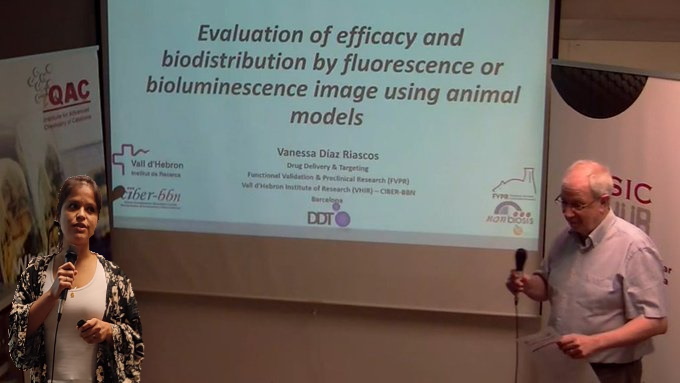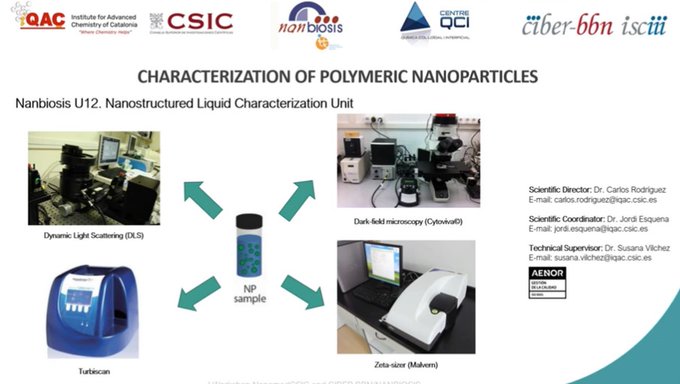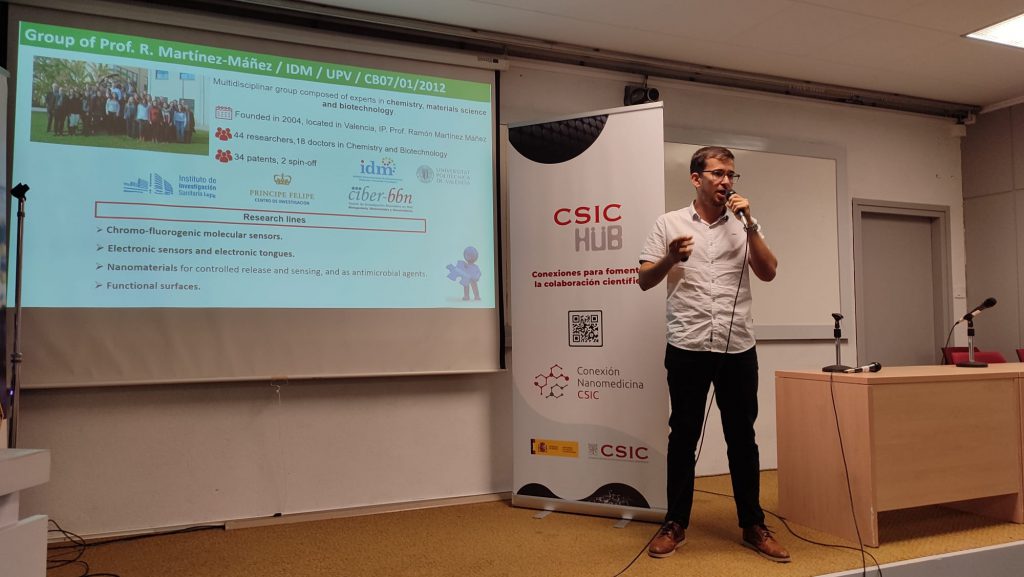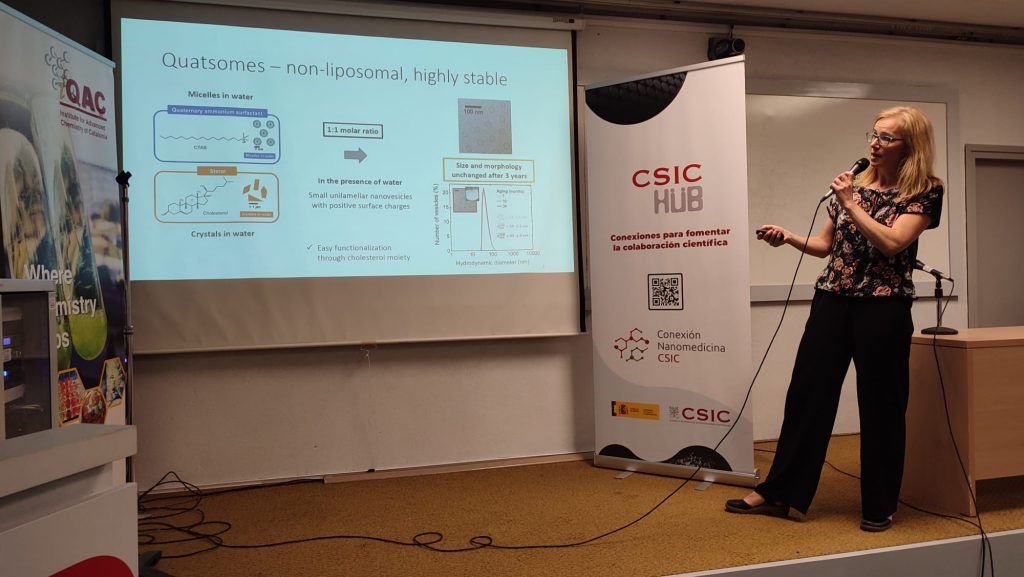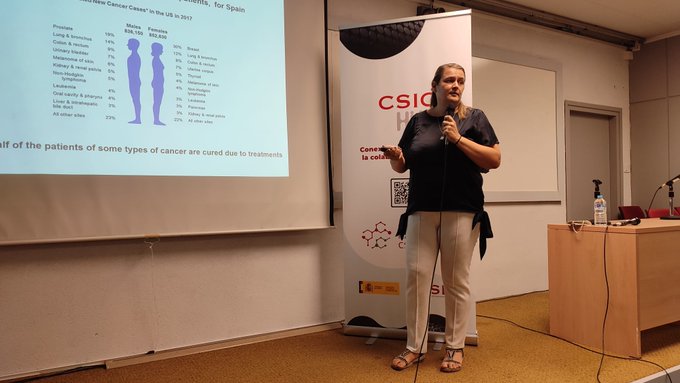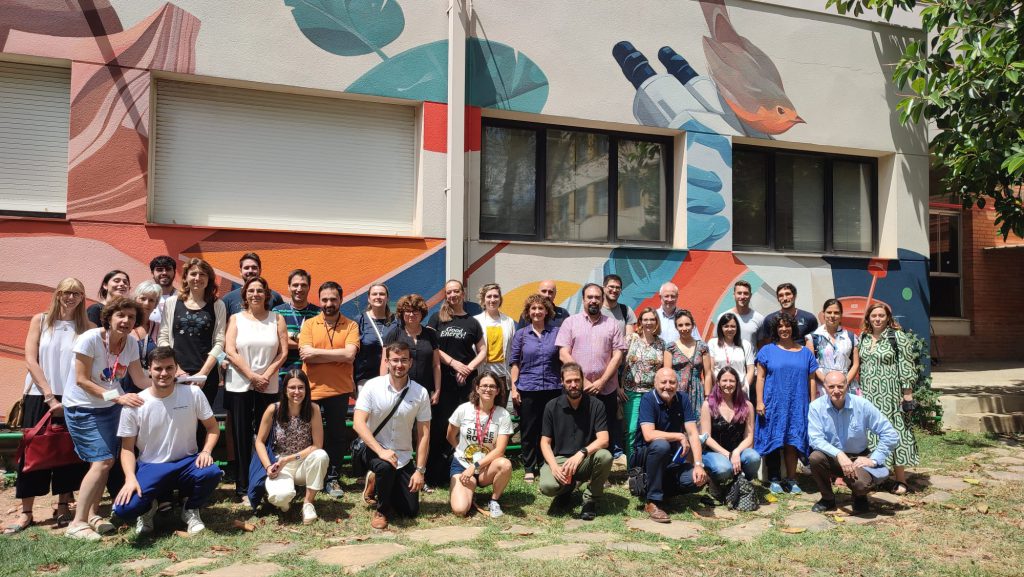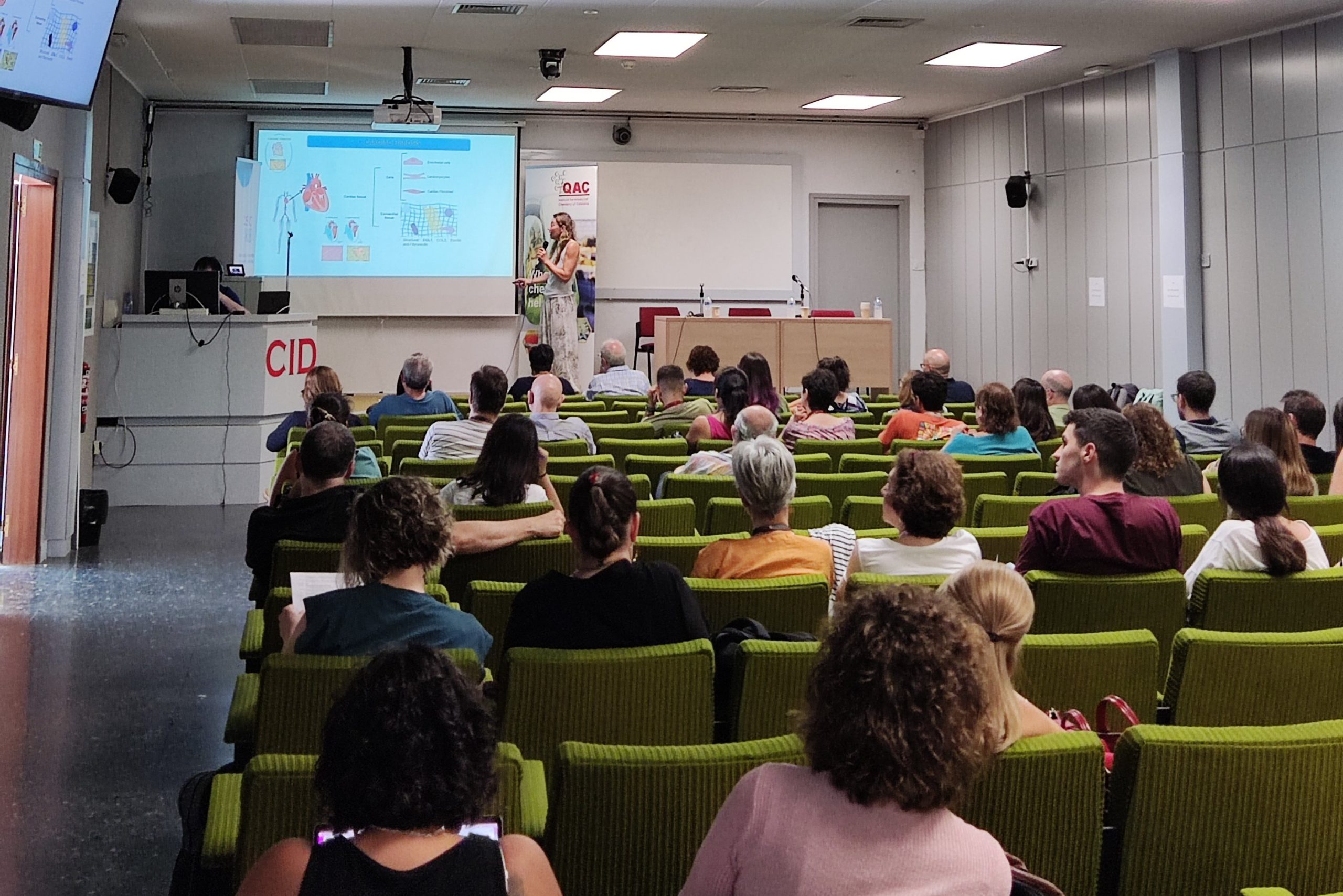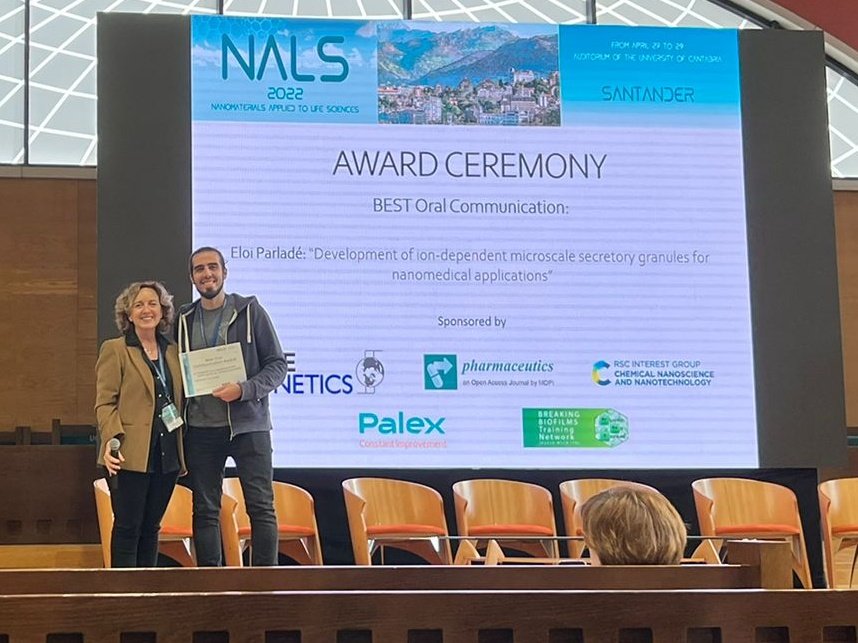New cathalitic therapy for destroying key molecules within tumor cells
The prestigious journal Nano Letters published the work led by NANBIOSIS researchers, affiliated with Unizar, INMA (CSIC-UNIZAR), CIBER–BBN, and IIS Aragón.
The successful development of this innovative treatment approach was possible through the efforts of our Unit 9, led by Prof. Santamaría and Dr. Hueso, both corresponding authors of the publication.
As recently announced by Universidad de Zaragoza (Unizar), a team led by NANBIOSIS researchers at the Instituto de Nanociencia y Materiales de Aragón (INMA, a joint institute of CSIC and UNIZAR) has discovered a way to artificially conduct a new chemical reaction, called transamination. This approach can act within cancer cells to destroy molecules vital for the development and growth of tumor cells. The prestigious journal Nano Letters have recently published this work, led by Unizar professors and researchers Javier Bonet–Aletá, José Luis Hueso, and Jesús Santamaría, also affiliated with NANBIOSIS, INMA (CSIC-UNIZAR), CIBER–BBN, and IIS Aragon.
The technique aims to replace current chemotherapy, carrying catalysts that either generate toxic molecules inside the tumor or eliminate molecules it needs to keep growing.
Catalytic therapy constitutes a new strategy in the fight against cancer, aiming to trigger harmful chemical reactions for the tumor. Ultimately, the goal is to replace current chemotherapy by carrying catalysts that either generate toxic molecules inside the tumor or eliminate molecules necessary for its proliferation.
Regarding eliminating key molecules, first published in 2015, catalysts targeted either glucose, an important energy source for cancer cells; or glutathione, an antioxidant that protects tumor cells from highly reactive radical species. The later is partly responsible for these cells’ resistance to chemotherapy treatments. Both glucose and glutathione can be eliminated through oxidation reactions. However, this is especially challenging to apply due to the scarcity of oxygen in the hypoxic tumor environment.
The publication:
This study holds special importance not only because it opens the field to new reactions of interest in oncology, but also because it does so in a process – transamination – that does not require oxygen to occur. This eliminates the main restriction of catalytic therapies. The reaction operates on amino acids, essential components that cells use to produce proteins, and also pyruvate, a small and abundant molecule involved in the main energy acquisition pathway in the cell. The reaction between them reduces the levels of amino acids and pyruvate in cancer cells, leading them to a critical state and halting their expansion and growth.
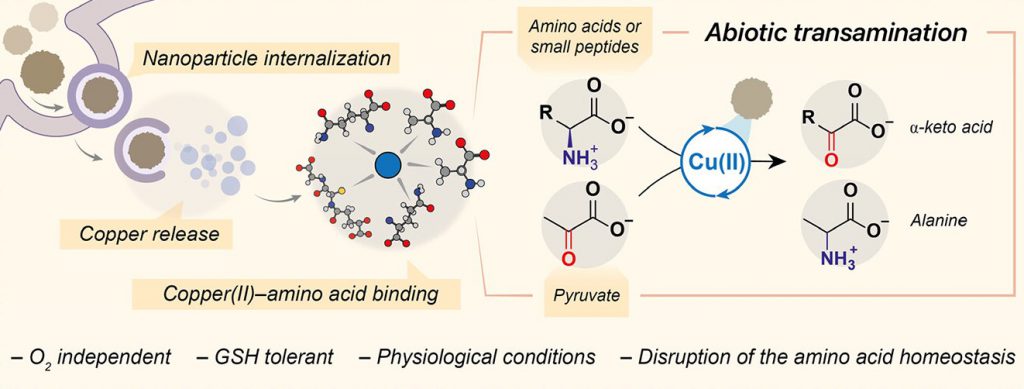
During transamination, an amino group is exchanged between an amino acid and pyruvate, generating a substance that the cell cannot easily utilize. Our researchers demonstrated this by reacting pyruvate with various amino acids, such as glutamine, aspartic acid, glutamic acid, or glutathione itself. However, transamination has one drawback: it is catalyzed by copper atoms, whose flow through the cell membrane under normal conditions is highly restricted. To overcome this limitation, researchers designed nanoparticles containing this metal, enhancing internalization into tumor cells. Once internalized, the nanoparticle dissolves, releasing copper atoms that act as catalysts in the transamination reaction.
In addition of Dr. José Luis Hueso, and Dr. Jesús Santamaría, other members of Unizar also participated, such as Dr. Javier Martin–Martin from the Department of Organic Chemistry and INMA, and Dr. Miguel Encinas–Giménez, Dr. Ana Martín–Pardillos, and Dr. Pilar Martín–Duque, who are also members of the Aragon Health Research Institute (IIS), as well as Dr. Juan Vicente Alegre Requena, a CSIC scientist at the Institute of Chemical Synthesis and Homogeneous Catalysis, ISQCH, a joint CSIC-UNIZAR institute.
References:
[1] Nanoparticle-Catalyzed Transamination under Tumor Microenvironment Conditions: A Novel Tool to Disrupt the Pool of Amino Acids and GSSG in Cancer Cells. Javier Bonet-Aleta, Juan Vicente Alegre-Requena, Javier Martin-Martin, Miguel Encinas-Gimenez, Ana Martín-Pardillos, Pilar Martín-Duque, Jose L. Hueso, and Jesús SantamariaNano Letters, 2024 doi: 10.1021/acs.nanolett.3c04947
About NANBIOSIS:
The goal of NANBIOSIS is to provide comprehensive and integrated advanced solutions for companies and research institutions in biomedical applications. All of this is done through a single-entry point, involving the design and production of biomaterials, nanomaterials, and their nanoconjugates. This includes their characterization from physical-chemical, functional, toxicological, and biological perspectives (preclinical validation).
In order to access our Cutting-Edge Biomedical Solutions, place your request here.
NANBIOSIS has worked with pharmaceutical companies of all sizes in the areas of drug delivery, biomaterials and regenerative medicine. Here are a few of them:
